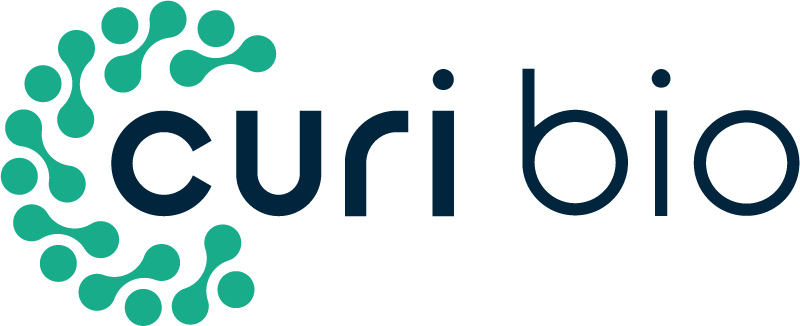ISSCR 2019 - International Society for Stem Cell Research
We’re in Los Angeles, CA for the International Society for Stem Cell Research 2019! Visit us at Booth 323 to learn how nanotopography and our biomimetic technologies can accelerate your stem cell research!
Posters
Enhancing Pre-clinical In Vitro Cardiotoxicity Assays with Bioengineering Strategies in a High-throughput Manner
Poster #: W-4037
Date: Wednesday, 6/26/19
Time: 6:30 PM
Abstract: Stem-cell based in vitro cardiotoxicity assays hold great promise for mitigating the cost of drug development. These assays have the potential to be more predictive of drug arrhythmogenicity than contemporary screening methods which rely on single ion channel recordings. However, stem cell assays have several important shortcomings when detecting and classifying the risk profile of several known compounds. One likely source of this error is the maturity of the cells; most phenotypes are indicative of a fetal developmental stage. To enhance the predictive power of stem-cell based assays, we have implemented bioengineering techniques to control the cell’s culture surface. We utilized standard photolithography techniques to create nanoscale biomimetic grooves that mimic the shape and structure of collagen on a polymer-coated glass layer. The fabrication technique allows for generation of this pattern on standard formats and permits use of high-NA fluorescence microscopy. Using this approach we demonstrate that biomimetic engineering enhances several structural and biochemical phenotypes including sarcomere spacing, myofibril alignment, and sarcomere width. We extended this technique to pattern the surface of micro-electrode arrays, and demonstrate that these ECM-based cues enhance the electrophysiological response of cardiomyocytes to various drugs of known action that fail to elicit in vivo responses to drugs in vitro and recapitulated physiological IC50s when compared to traditional assays.
High-Precision and Scalable Fabrication of Biomimetic Culture Environments for Enhancing Stem Cell Maturation
Poster #: F-3213
Date: Friday, 6/28/19
Time: 6:00 PM
Abstract: Differentiated stem cells when kept in culture can lose cell-type specific phenotypes or fail to express many mature phenotypes found in vivo. Traditional cell culture environments—typically composed of glass or plastic—are partially responsible for this effect. Considerable effort has been directed at generating biomimetic cell culture environments to maintain or promote mature in vivo phenotypes. However, fabrication of biomimetic substrates capable of mimicking different aspects of the extracellular matrix (ECM) in vivo typically involves costly or hard-to-reproduce techniques that are often incompatible with many standard assays. Here, we will present a novel method of generating surfaces that mimic mechanical, nanoscale shape and structural cues of the collagen ECM. The fabrication scheme described is highly reproducible, scalable, and amenable to integration with most industry-standard endpoint assays, including high-NA optical microscopy. We present techniques to fabricate biomimetic culture surfaces out of elastomers that can be stretched in order to reproduce mechanical cues that are critical in the development and function of certain tissues. Various cell types were tested and were amenable to this approach. For example, hiPSC-derived cardiomyocytes (CMs) showed more in vivo-like myofibril alignment, sarcomere spacing and width, and expression of CM-specific proteins that are present in mature myocytes. Furthermore, higher-ordered 2D anisotropic myocyte tissues also showed adult-like structure and electrophysiological responses to drugs in vitro when compared to traditional unordered 2D isotropic constructs. Examples of phenotype enhancement of other mammalian cell types will be presented, further demonstrating the utility of the approach for fabrication of highly scalable and precise biomimetic surfaces.

